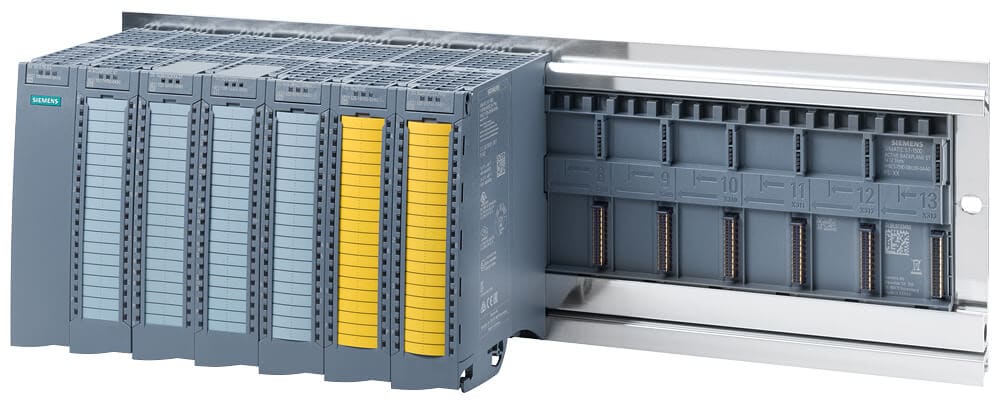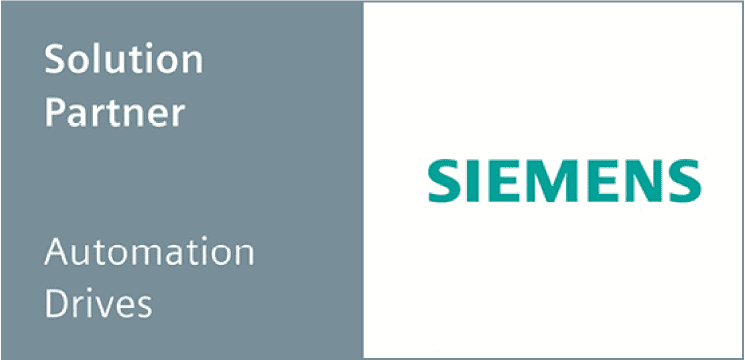We provide servicing for control systems based on Siemens Simatic controllers – both, for already withdrawn Simatic S5 series controllers, and for the latest systems based on S7 1500 and PCS. We have the necessary technical facilities for full analysis and diagnostics, followed by repair, where we provide Siemens S7 and Siemens S5 service and help our customers to properly implement machinery and equipment while maintaining full, existing functionality.
In our work we are able to solve any problem in the field of Siemens Simatic control systems – as one of the few we also support Simatic S5 controllers while suggesting migration to the new Simatic S7 control system. We also deal with the implementation of safety functions directly in Simatic programmable controllers, as defined in the EN ISO 13849 standard. With our help, you will take care of uninterrupted work in your company, as well as the efficient performance of your employees.
As part of Siemens S5 and S7 service, we perform:
- Fault localization and troubleshooting;
- software modification;
- machine configuration analysis;
- diagnosis of input/output cards;
- replacement of damaged components;
- securing and restarting the software.
In addition, we are happy to share advice and give suggestions on configuration, as well as how to use the equipment.
WHAT IS MIGRATION OF S5 TO S7?
Migration in our understanding – essentially means the replacement of control systems. It is difficult to say whether the word “migration” is the right one in this context, but it has become accepted and is used in the industrial automation industry.
Migration from S5 to S7 means replacing the old type of control based on S5 series controllers with a new control system based on S7 series controllers (currently S7-1200 and S7-1500 series). The key point of the migration is to maintain the full functionality of the old system in the new one, very often the customers also implement additional options (expanded diagnostics, communication with superordinate systems, etc.).

A brief historical overview
Siemens SIMATIC® S5 controllers were introduced to the market in 1979. Over the years they have become very popular, enabling the implementation of not only simple applications, but also advanced and complex control systems.
The 1990s was a rapid development of information technology, both in terms of software and hardware. Siemens followed this development with the introduction of the SIMATIC® S7 controller series, whose tool software was now available on the Windows® platform.
Siemens S7-1200 and S7-1500 controllers were introduced a few years ago. These units are very efficient, have advanced diagnostic options and allow for easy data exchange with superordinate systems, among others via built-in OPC UA servers. From the beginning, these controllers are accompanied by the new system software TIA Portal. Its greatest advantage is the integration within a single platform of tools enabling programming of PLCs, HMI panels and drives in both standard and safety versions.


